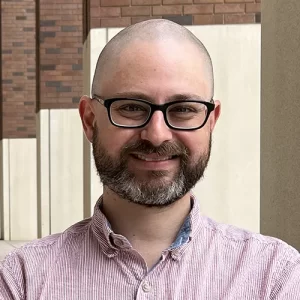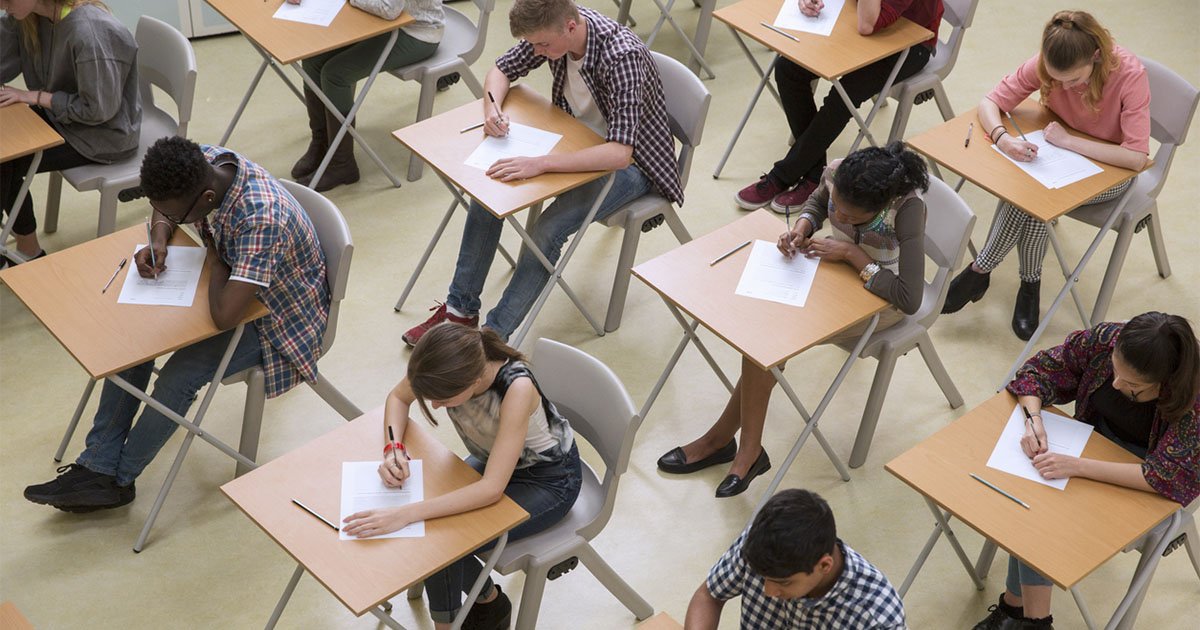The last decade has ushered in a dramatic shift in cannabis policy across the United States. Today, 24 states—comprising a majority of the U.S. population—have legalized cannabis for non-medical use by adults. Despite legalization across much of the country, however, large gaps remain in our understanding of cannabis and its effects on various populations.
As Minnesota implements the 2023 legislation that legalized adult-use cannabis in the state, new research from the University of Minnesota School of Public Health Cannabis Research Center examines cannabis use and perceptions among high school students in Minnesota prior to legalization. Following on previous research that looked at pre-legalization use of cannabis among all Minnesotans, the new study uses data from the Minnesota School Survey (MSS) to focus on cannabis use and perceptions among 9th and 11th graders in public schools. The study focuses primarily on survey responses from 2022, while referencing data from 2016 and 2019 to track trends in use.

As with the previous research, this study aims to establish baseline data on cannabis use, comparing it with alcohol and nicotine products, in order to monitor potential changes in cannabis use and perceptions in coming years.
Key findings of the report include:
- Most Minnesota high school students have never used cannabis. In 2022, 86% of high school students said they had never used cannabis, a significant increase from 2016, when 83% reported never using it.
- Fewer than 1 in 10 high school students reported using cannabis in the past month. In 2022, 8% of high school students reported using cannabis in the past 30 days. That rate was significantly lower than the rate of students reporting use of alcohol (12%) and nicotine vaping products (10%), but it was higher than the rate who reported using tobacco (4%).
- Recent cannabis use varied across demographic subgroups:
- Race and Ethnicity: American Indian/Alaska Native students reported the highest past-month use (17%), while Asian students reported the lowest (3%).
- Sex: Female students (9%) were more likely than male students (7%) to report recent cannabis use.
- Gender Identity: Non-cisgender students had higher reported use (11%) compared to cisgender students (8%).
- Sexual Orientation: LGBQ+ students had a higher usage rate (13%) than heterosexual students (7%).
- Geographic Region: Students outside the Twin Cities metro area reported higher cannabis use (8.4%) than those within the metro area (7.6%).
- Students appear to overestimate the prevalence of cannabis use by their peers. There is a significant discrepancy between student perception of others’ cannabis use and students’ reports of their own cannabis use. While only 7% of Minnesota high school students report using cannabis at least once a month, 50% of Minnesota high school students report thinking that most students in their school used cannabis at least once a month.
“The study highlights that cannabis use among Minnesota high school students was relatively low before legalization, but still, it presents reasons for vigilance among policy makers,” says Colin Planalp, lead author of the study and a researcher at CRC and SHADAC. “Even with historically low rates nationally and in Minnesota, substance use by young people still poses public health risks for many. Extrapolating the 8% rate of past-month cannabis use to all children enrolled in public high schools would represent more than 22,000 students — and doubtless even more students when considering those enrolled in private schools and kids who are home-schooled. Ongoing monitoring and targeted educational programs are essential, particularly for vulnerable demographic groups.”

